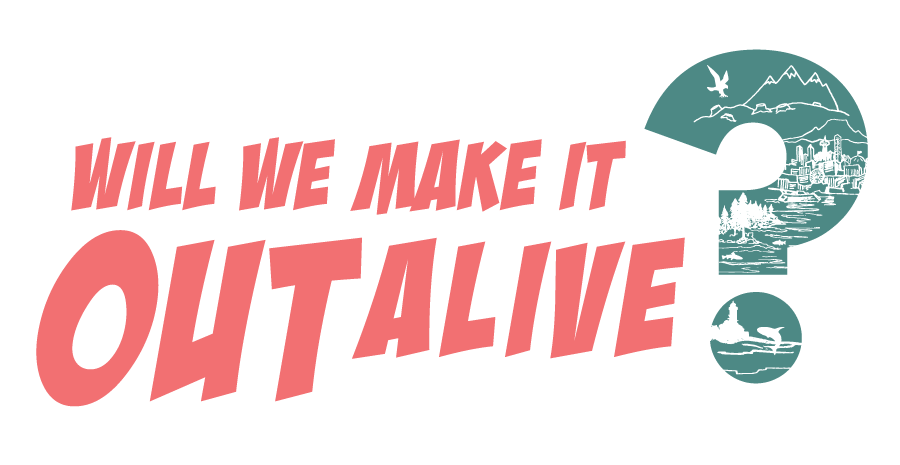GIS Tool: Routing
/I hope this driver is on a one-way street!
If your business or personal life ever has you needing to go somewhere and make several stops along the way, you may benefit from using the routing tools in GIS. In episode 18 of the podcast, we discussed plastic recycling. I mentioned one possible use of routing was to optimize recycling truck routes in order to save on gas, emissions, or collection time (or possibly all three).
Before using the routing tool, there are several factors to consider, and data to gather. At a minimum, you need to know the starting and ending location, as well as the location of all of your stops. You can factor in other things as well. In the recycling truck example, some things you may want to consider and collect data for ahead of time include the capacity of each bin as well as the capacity of the truck, location of recycling center/transfer stations, elements of the road network such as one way streets, fueling locations and range of the tank on the truck.
The routing tool can be found in the Network Analyst extension of ArcGIS. You can use it with either ArcMap or ArcGIS Pro. Before you can use the tool, you’ll also need to create or acquire a network dataset. This is a specific type of dataset that ties your roads together so the GIS knows which roads are connected, where left turns or U-turns are restricted, where streets are one-way, and more. It could even have information on historic traffic at different times of day. Right now network datasets have to be created in ArcMap, but they can be used in ArcMap or Pro to do the route analysis. You can find a tutorial on how to create a network dataset here.
Once you have your network dataset, along with your stops (location of the bins, etc.) and other datasets, you can use the Network Analyst tools to create an optimized route. This requires the Network Analyst extension from Esri. You can use the tools with even a Basic license of ArcGIS Pro or ArcMap (although creating the initial network dataset requires a higher licensing level).
I wish this was me right now…
In the Network Analyst extension, the tool you will want to use is New Route. This is a basic route creating tool and only allows you to solve for one factor (such as shortest time or shortest distance), but it can take into account the other factors. Using the New Route tool, you can add in your stops, select the factor you want to solve for (such as shortest distance), specify impedances (such as the total capacity the truck can hold for one route so the route doesn’t include more stops than the truck has capacity for), specify other settings such as start time and day of the week (to take historic traffic into account when calculating the route), and more. Once you run the tool, you get a shapefile of your route along with turn-by-turn directions. Here’s a tutorial for creating routes in ArcGIS Pro.
You could even model ideas, such as having everyone along a road put out their bins along one side of the road instead of on both sides. The routing tool will let you know if this will actually save time, gas, and more. I read a really interesting paper (actually a chapter from a book, but it was peer-reviewed) out of the European Union about GIS uses in waste management. The authors talk about routing, but they take it further. If you’d like to read it, follow this link. If you have ideas or examples of using the routing tool, please share them in the comments below!




